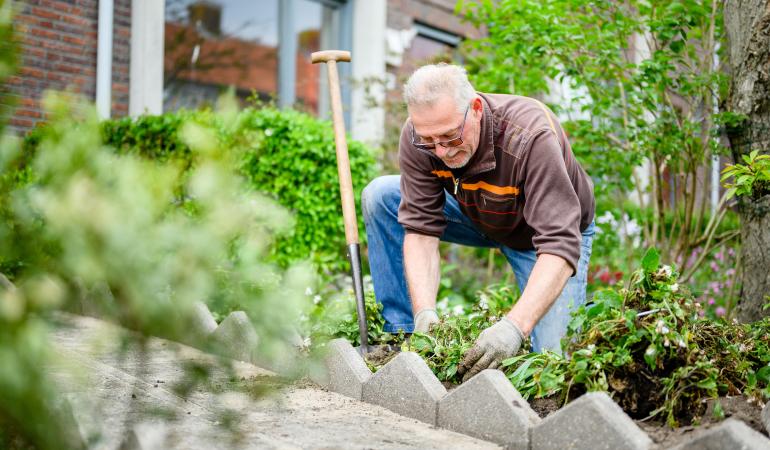
In the past week, from 21 to 27 April, the reported number of people who tested positive for COVID-19 increased slightly to 55,097 newly reported infections (+2%)*. The percentage of positive tests in that week rose from 10.1% to 10.6%. The number of new hospital admissions was comparable to the week before that.
1,661 new COVID-19 hospital admissions were reported last week, about the same as in the week before, when 1,672 people with COVID-19 were admitted to hospital. 374 new ICU admissions were reported in the past week, also about the same as in the week before, when 375 people with COVID-19 were admitted to ICU**.
* This is under-reporting the situation compared to the actual figures. Due to a technical malfunction in the night of 26 to 27 April, not all of the recent positive test results have been reported.
**Source: NICE Foundation
Reported positive tests by age
487,294 people were tested for COVID-19 in the past calendar week. That is about the same as the week before (-1%).
In the past week, 317 people per 100,000 inhabitants received a positive test result for COVID-19. The reported number of people who tested positive for COVID-19 per 100,000 inhabitants has increased in nearly all age groups (Figure 1). The only age group that did not show an increase was people aged 70-79 years. The largest increase in the number of reported positive tests compared to the week before (+12%) was in the age group of 0-12 years.
Figure 1. Number of newly reported infections by age group, per calendar week.
Reproduction numbers
On 12 April, the reproduction number based on reported positive tests was 1.05 (lower limit 1.01 – upper limit 1.07), remaining completely above 1 and nearly unchanged compared to the week before that (1.06). When the reproduction number is above 1, the number of people who are infected is continuing to increase. A reproduction number of 1.05 means that 100 people with COVID-19 will collectively infect another 105 people.
On 12 April, the reproduction number based on hospital admissions was 1.01 (lower limit 0.88 – upper limit 1.15). On the same date, the reproduction number based on ICU admissions was 1.04 (lower limit 0.76 – upper limit 1.35). Due to the smaller data set, the calculations for these two reproduction numbers have a greater margin of uncertainty.
Contagious people
The number of contagious people – meaning people who are infected with the virus and in the phase of infection that they can transmit the virus to others – rose significantly within one week, from 162,000 (12 April) to more than 181,000 on 19 April. That means that it is still very important to follow the basic measures.
Figure 2: The estimated number of contagious people in the Netherlands from 1 August 2020 to 19 April 2021. The purple margin of uncertainty shows how much higher or lower the exact number could be.
Follow the measures, even after a negative test result (or self-test) and vaccination
If everyone follows the basic measures, even if you just tested negative for COVID-19 or have been vaccinated, then fewer people will be infected and it will be possible to relax the measures step by step over time. Stay 1.5 metres from others, stay home if you have symptoms, get tested, and keep washing your hands regularly. If you do have symptoms, even if they are mild, make an appointment for a test at the GGD test lanes right away. Did you test positive for COVID-19 on the self-test? Stay home, isolate yourself from others, have your household members start quarantining, and contact the GGD. This is how we can stop the coronavirus from spreading.
